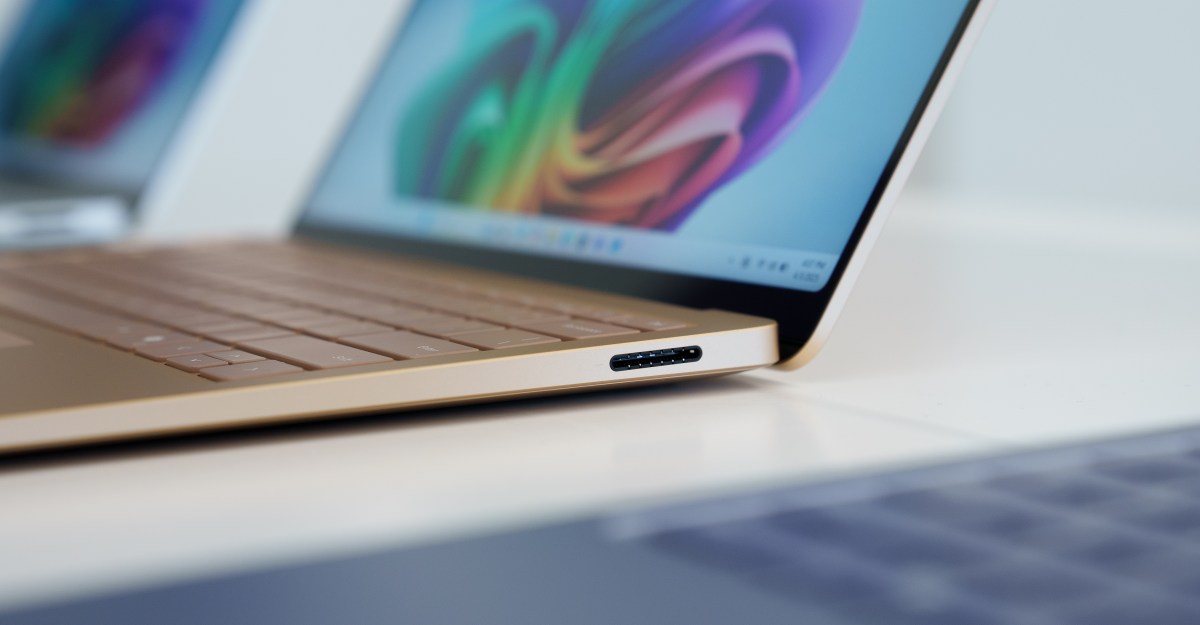Goodbye, Magnetic Magic: Microsoft Switches Surface Lineup to USB-C Revolution

Microsoft's Iconic Surface Connect Port Bids Farewell: A Tech Transition Milestone
In a significant moment for Microsoft's hardware design, the beloved Surface Connect port is preparing to exit the stage. This proprietary charging and connection technology, which has been a hallmark of Surface devices for over a decade, is now making way for more universal connectivity standards.
The Surface Connect port, first introduced with the original Surface Pro in 2012, has been a distinctive feature that set Microsoft's devices apart. Its magnetic, secure connection provided users with a reliable and elegant charging solution that became synonymous with Surface's premium design philosophy.
However, the tech landscape is evolving, and with the growing adoption of USB-C and Thunderbolt technologies, Microsoft is aligning its hardware strategy with industry trends. The transition signals not just a change in port design, but a broader commitment to standardization and user convenience.
While longtime Surface users might feel a twinge of nostalgia, the move promises enhanced compatibility and more versatile charging options across future Microsoft devices. It's a bittersweet farewell to a technology that has been integral to the Surface ecosystem, marking another step in the continuous evolution of personal computing.
